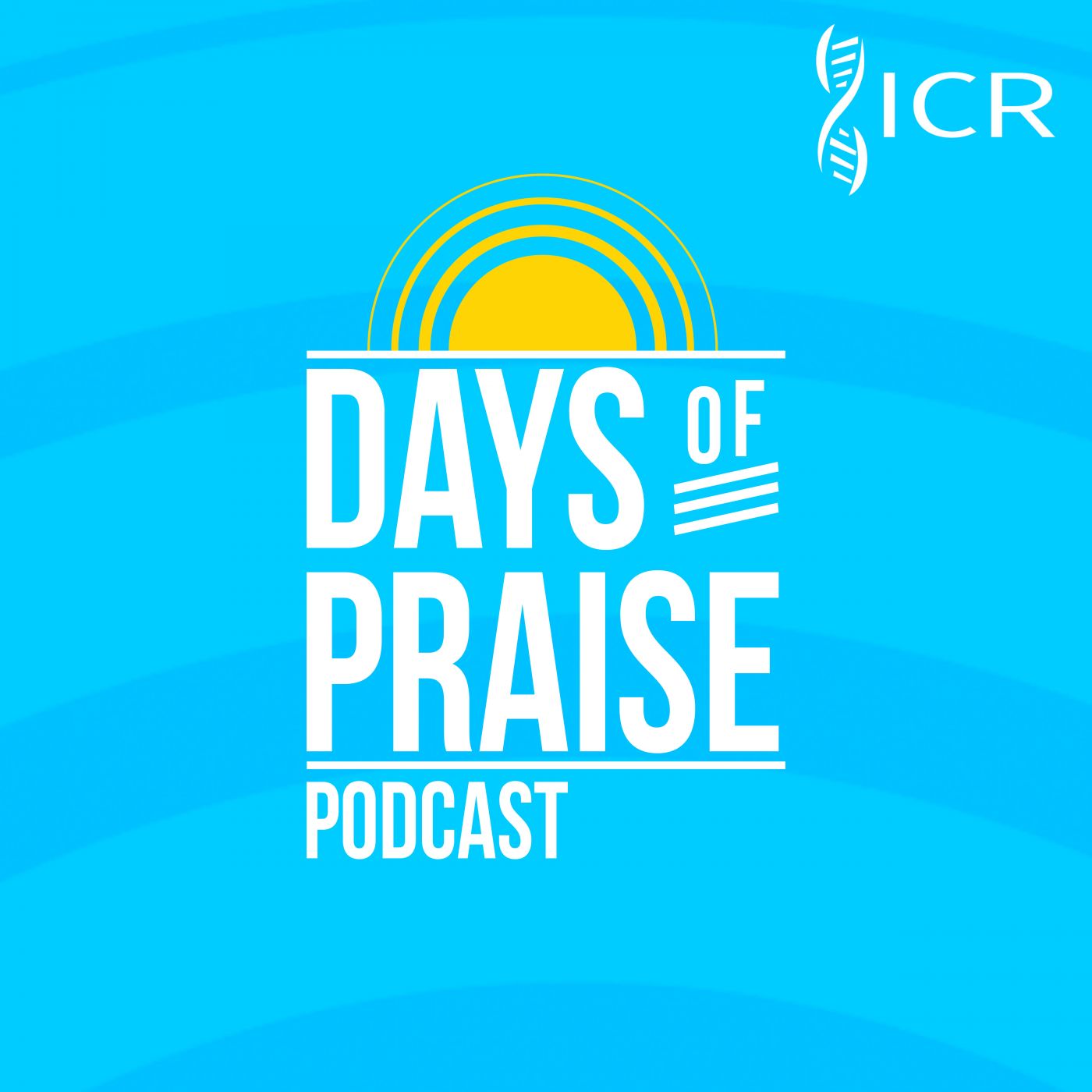“The LORD hath made bare his holy arm in the eyes of all the nations; and all the ends of the earth shall see the salvation of our God.” (Isaiah 52:10)
The human arm is often used in the Bible to symbolize spiritual strength or power. The word is first used in Jacob’s dying prophecy concerning his beloved son Joseph: “But his bow abode in strength, and the arms of his hands were made strong by the hands of the mighty God of Jacob” (Genesis 49:24).
The source of all true strength is in the mighty God, so it is not surprising to find at least 40 biblical references to the Lord’s powerful “arm” or “arms.” One of the most striking is our text, promising that when God “bares his arm” for His great work of delivering the lost world from its bondage to Satan and sin and death, then the whole world will see His salvation (literally His “Jesus”).
In a real sense, therefore, “the arm of the Lord” is none other than Jesus Christ. When He came into His world, however, the world refused Him. Just a few verses later, introducing the incomparable 53rd chapter of Isaiah, appears this tragic question: “Who hath believed our report? and to whom is the arm of the LORD revealed?” (Isaiah 53:1).
Nevertheless, some believed, and the first was His own mother. In her “Magnificat,” spoken in faith before Jesus was born, Mary said, “God my Saviour...hath shewed strength with his arm” (Luke 1:47, 51). This confession of faith is the first use of “arm” in the New Testament and again refers to the saving arm of God, the Lord Jesus Christ.
Finally, His arm is not only mighty to save, but also secure to hold: “His arm shall rule for him....He shall feed his flock like a shepherd: he shall gather the lambs with his arm, and carry them in his bosom” (Isaiah 40:10-11). HMM
 Days of Praise Podcast is a podcast based on the Institute for Creation Research quarterly print devotional, Days of Praise. Start your day with devotional readings written by Dr. Henry Morris, Dr. Henry Morris III, Dr. John Morris, and others to strengthen and encourage you in your Christian faith.
Days of Praise Podcast is a podcast based on the Institute for Creation Research quarterly print devotional, Days of Praise. Start your day with devotional readings written by Dr. Henry Morris, Dr. Henry Morris III, Dr. John Morris, and others to strengthen and encourage you in your Christian faith.








